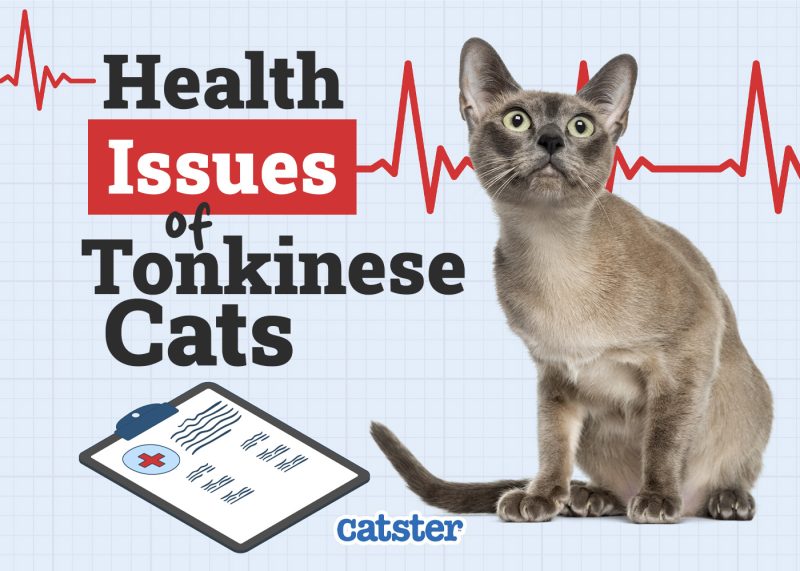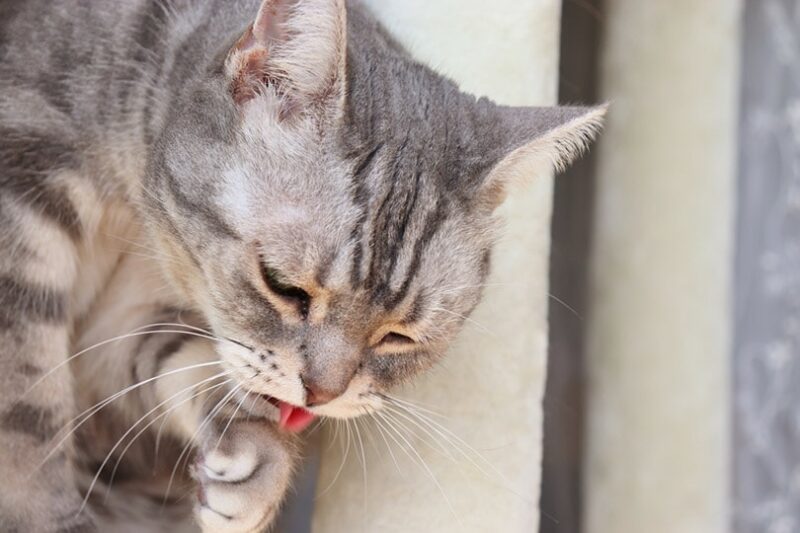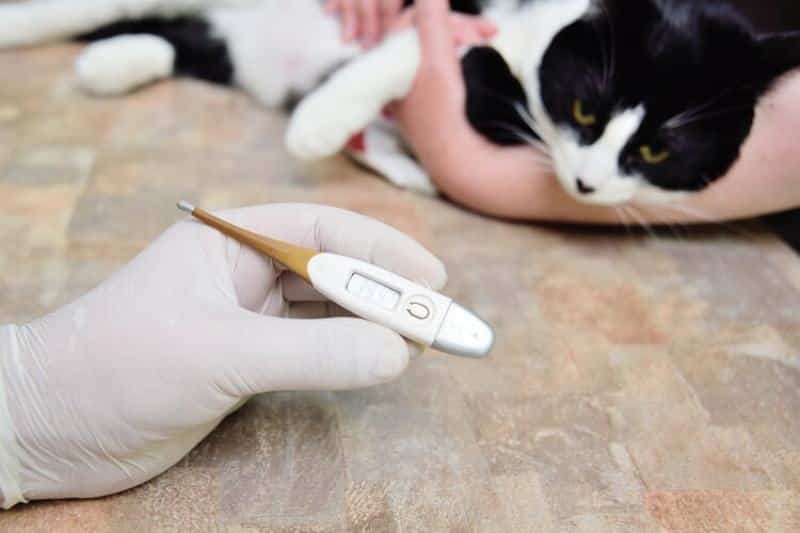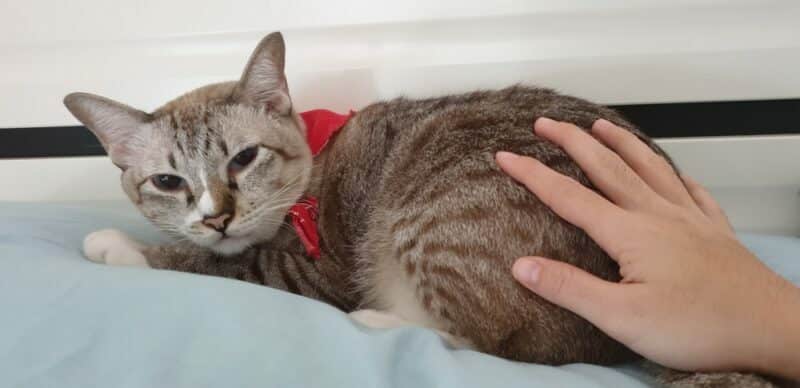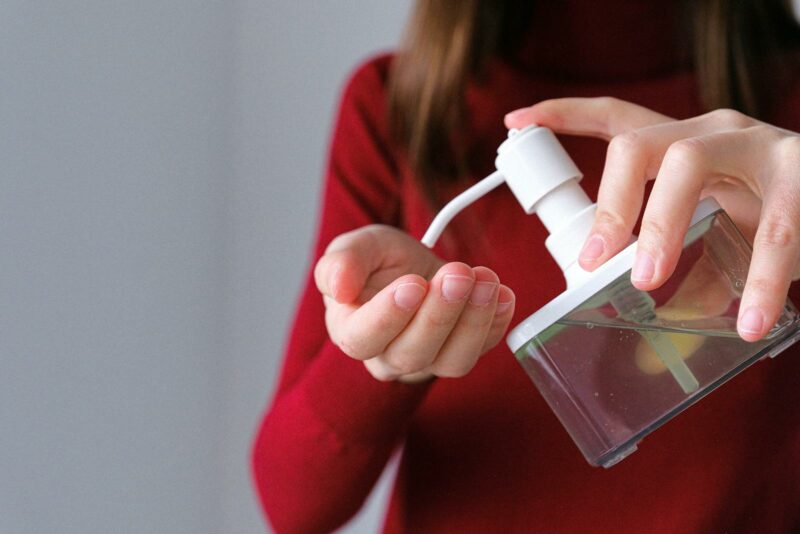Tonkinese cats are known for their beautiful coats and pleasant personalities, but that’s no guarantee of health. Although Tonkinese cats are healthy, they are slightly more likely to inherit some genetic conditions that will need extra care. Every breed of cat has its own risk, and it’s important to know what to look out for so that you can help your vet diagnose issues quickly. Here are seven of the most common health problems in Tonkinese cats.

The 7 Common Tonkinese Cat Health Problems
1. FLUTD (Urinary Disorders)
Tonkinese cats are at a higher risk for a group of diseases called FLUTD, short for feline lower urinary tract disease. FLUTD can take several forms, from an increased likelihood of infections to bladder stones. However, they generally have symptoms in common. A predisposition for these diseases means that you should keep a close eye on your Tonkinese. Most urinary tract disorders have treatments available to help your cat live in comfort.
- Urinating in unusual places
- Blood in urine
- Signs of pain while urinating
There’s not much you can do to prevent your cat from getting a FLUTD, but regular urinalysis can help you detect the disease early. If your cat has one of these diseases, vet treatment can usually make the condition manageable. Medications and special diets can help your cat stay healthy, and surgery is required in some cases.
If you need to speak with a vet but can't get to one, head over to PangoVet. It's an online service where you can talk to a vet online and get the advice you need for your pet — all at an affordable price!

2. Kidney Failure
Tonkinese cats are at a slightly higher risk of kidney failure than average, so you should be on the watch for signs of kidney disease. Kidney failure might be sudden, but it can also occur over several months, with the first signs being subtle. Catching kidney failure early will increase your cat’s quality of life and treatment options.
- Dehydration
- Excessive thirst and urination
- Weight loss, lack of appetite
- Diarrhea or vomiting
- Depression or lethargy
- Dull, sunken eyes
- Seizures
- Incontinence
There isn’t a cure for most types of kidney disease in cats, but treatments can help lengthen your cat’s life, slow progression of disease, and extend quality of life. Treatments include medication, diet changes, and vitamin injections or supplements. Treatments can also combat the symptoms of kidney failure, such as IV or subcutaneous fluids to treat dehydration.

3. Diabetes
Diabetes Mellitus occurs when cats are unable to process glucose because they don’t produce enough insulin or their body doesn’t respond properly to it. There are two different types of diabetes mellitus, and Tonkinese cats are generally more susceptible to type two, like most other cats. Although not all types of diabetes are preventable, many cats with susceptibility will only develop diabetes if in poor health. This makes it a fairly preventable disease.
- Excessive thirst or urination
- Increased appetite and weight loss
- Elevated blood sugar
The most important way to prevent diabetes in your cat is to feed your cat a healthy diet and avoid overfeeding. Overweight and inactive cats are much more likely to develop diabetes. If your cat is diagnosed with diabetes, the best treatment is usually a combination of dietary treatment and injected insulin. When properly treated, cats with diabetes can live a healthy life.
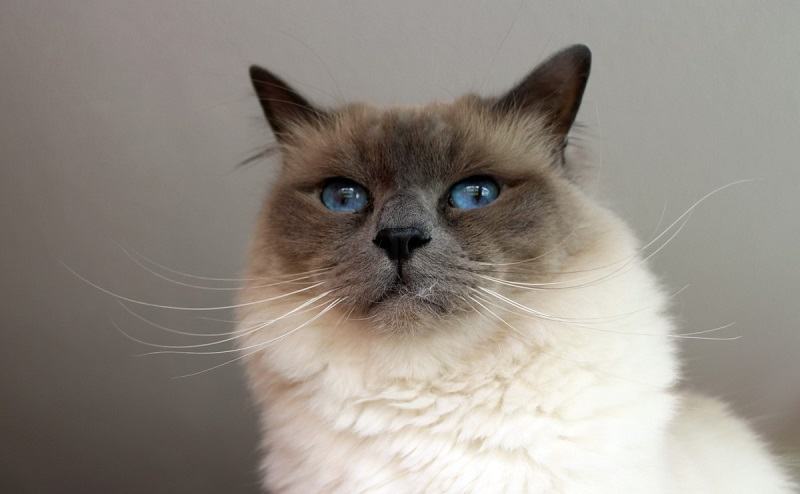
4. Patellar Luxation
One of the most common joint issues that Tonkinese face is patellar luxation, or a knee cap that doesn’t stay in place. This is caused because the leg’s bones are not shaped properly and generally worsens with age. Because Tonkinese are at higher risk for the disease, it’s suggested to check for patellar luxation while still a kitten. If caught early on, treatment can ensure that your cat lives without pain.
- Symptoms not present until late disease
- Joint pain
- Difficulty walking
Patellar luxation is a genetic issue, but early detection can help your vet treat the condition with minimal pain. Some medications used for arthritis and joint pain can help minimize inflammation and development of osteoarthritis. In severe cases, corrective surgery can ensure that your cat’s kneecap stays in place. These are much more effective if discovered before your cat is experiencing pain.

5. Feline Asthma
Feline asthma causes difficulty breathing and is often associated with allergies or sensitivity to particulates in the air. Tonkinese cats are at a slightly elevated risk of feline asthma.
- Wheezing
- Difficulty breathing
- Chronic Coughing
- Rapid, shallow breaths
If your cat has feline asthma, treatment includes a combination of environmental changes such as a reduction in allergens, medications, and symptom treatment via an inhaler. Working with your vet can help you find a treatment plan.
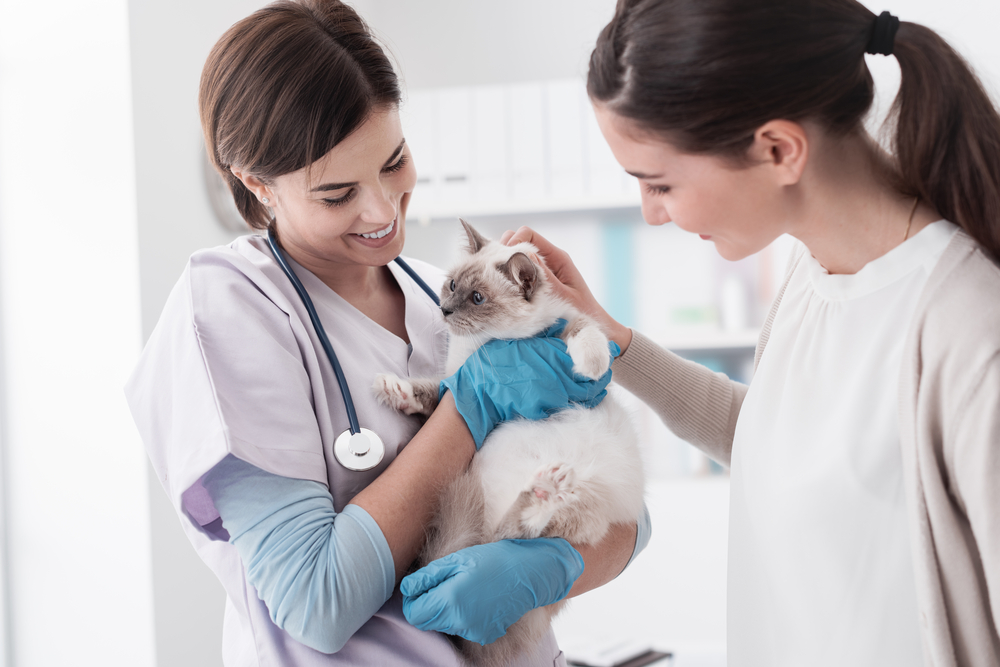
6. Hypertrophic Cardiomyopathy
Hypertrophic Cardiomyopathy is a condition where the heart’s muscles are enlarged, restricting blood movement and reducing heart efficiency. It is a genetic condition that is occasionally found in Tonkinese cats. Many cats with HCM don’t appear ill or have visible symptoms, but at times this can cause fluid buildup in the lungs or heart failure.
- Symptoms not present in all cases
- Lethargy
- Difficulty breathing or rapid breathing
- Fluid buildup in lungs
HCM can’t be prevented or treated, but cats with HCM should be closely monitored. Once symptoms appear, the condition can be managed with medications to prevent blood clots, decrease heart stress, and manage fluid buildup.

7. Arterial Thromboembolism
Tonkinese cats are at higher risk of heart diseases such as Arterial Thromboembolism, a blood clot caused by an enlarged left atrium and a predisposition to blood clots. This disease can be very serious, and there is little treatment if the clot is not caught quickly. However, with proper screening many Arterial Thromboembolisms can be prevented.
- Sudden weakness
- Lameness (inability to use rear legs)
- Pain
- Difficulty breathing
Arterial Thromboembolism occurs when heart disease is left untreated, so monitoring your cat’s health is important. If your vet believes that your cat is at higher risk of heart problems, they might prescribe medicine to prevent clotting along with other treatments. If your cat does develop an Arterial Thromboembolism, emergency vet care is needed.
Remember to have regular vet visits when owning a Tonkinese to keep their health and well-being.

Final Thoughts
It can always be worrying when a pet gets sick; however, knowing about any illnesses that could affect your pet can help you be prepared. You want your Tonkinese to live a happy and healthy life. Knowing about any health issues your Tonkinese cat could get will only help you to recognize signs and symptoms early.
Featured Image Credit: dezy, Shutterstock
